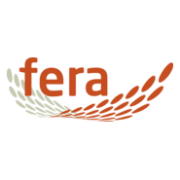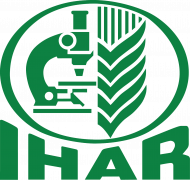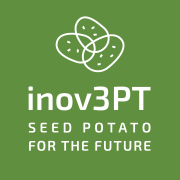Abstract
Over the past decades, two new strains of potato virus Y (PVYN-Wi (Wilga) and PVYNTN) have been the most widely distributed worldwide in potato crops (Solanum tuberosum L.). Effective resistance genes comprehensive against all the known strains of the virus are available in some commercial cultivars. However, not all resistance genes in cultivars have been challenged by the new PVY strains to confirm effectiveness of the resistances available. This study was set to identify PVY resistant genotypes and estimate yield losses in potato cultivars in Kenya. PVYN-Wi was used for PVY resistance screening because it was the most prevalent strain in Kenya and also was found to produce more severe infection in Kenyan potato genotypes compared with PVYO (the second most prevalent strain). Three cultivars, Kenya Karibu, Sherekea and Unica, were identified as resistant because they did not get PVY infections over three seasons of both greenhouse and field screening experiments. In addition, two early generation breeding clones were identified as resistant at 28 days post-inoculation. In susceptible cultivars Dutch Robyjn, Nyayo and Kenya Mpya, PVYN-Wi infection caused yield losses of 21.6, 39.0 and 53.1%, respectively, after three seasons. This study demonstrated the necessity to screen for PVY resistance based on the most prevalent PVY strains and to make an informed decision on the usefulness of current levels of resistance in potato cultivars.














